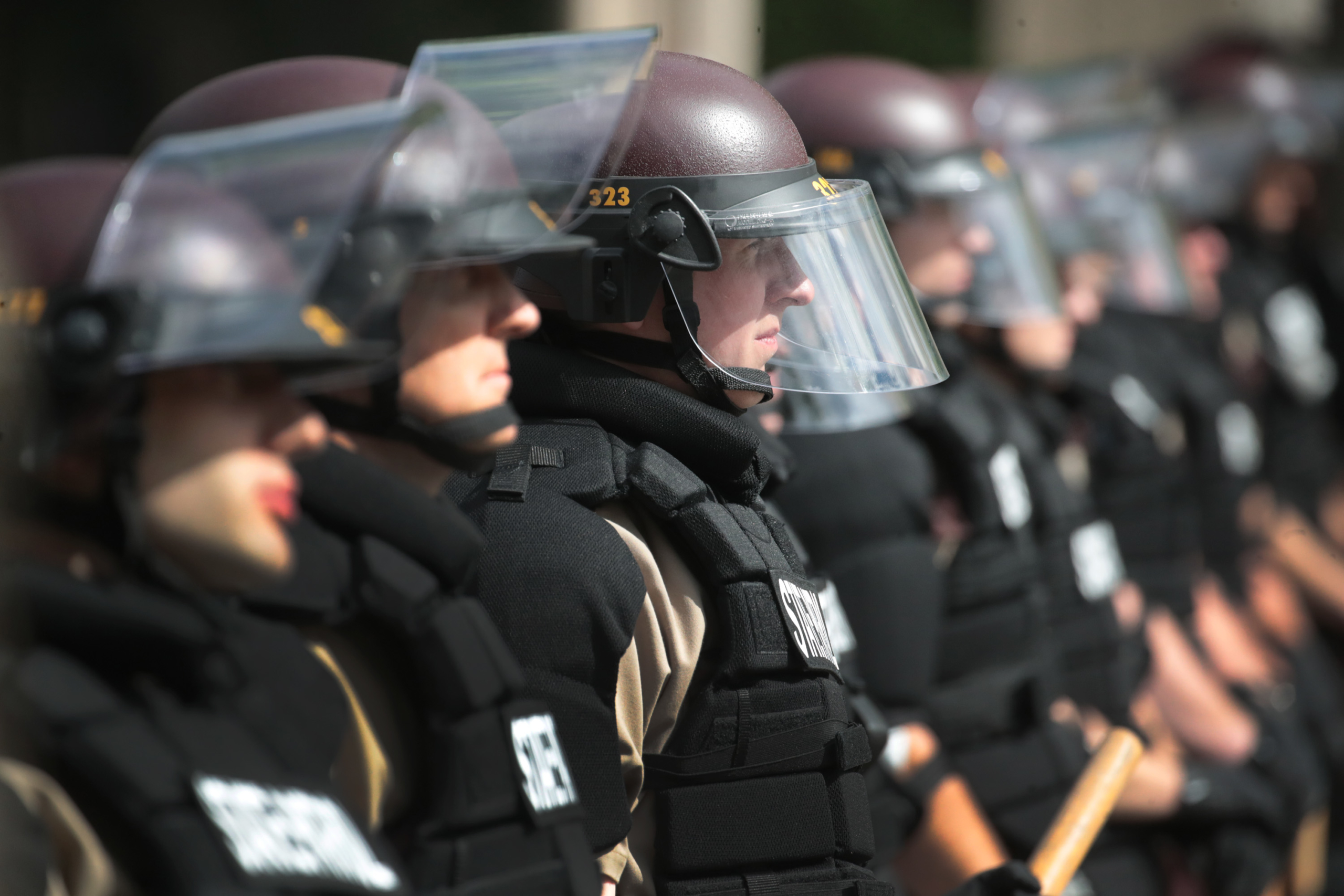On Wednesday afternoon, social media users began posting about receiving a bounce-back email — or delivery failure notification — from the Minneapolis Police Department after writing to express concern over the murder of George Floyd, and many wondered why, and whether it was intentional.
But Minneapolis Police Department Director of Public Information John Elder told Digital Trends that the bounce-back was not intentional. There’s a much more mundane explanation: Overwhelmed servers.
So much for that Minneapolis Police pre-written email pic.twitter.com/tBtNDKekn3
— eric (@3_r1c) June 3, 2020
“We are at capacity,” Elder said in an email to Digital Trends. “We are getting inundated with communications. I am getting over 1,000 emails per day. Simple as that.”
Following the death of Floyd on May 25, activists have taken to social media to spread vital information for rallies, bail funds to donate to, and how people can get involved virtually. Take for example the #BlackoutTuesday protest.

One of the more popular social campaigns in recent days has been that of the pre-written email to the Minneapolis Police Department, or other elected officials. On Instagram, users can post a link to their Stories, or in their profile’s bio section, where people can swipe up and have a pre-written email opened in their iPhone’s Mail app. All they have to do is fill in their name, their city, then press send.
When asked if this type of social media campaign is what is overwhelming Minneapolis PD servers, Elder said, “I do not know.”
It’s impossible to estimate how far and wide pre-written email links have been shared on social media platforms like Instagram and Twitter. Users with large follower counts, like artist Maasi Godwin, have shared the TinyURL link with hundreds of thousands of followers.
But the sheer number of people posting about their emails being bounced back is a sign this that this type of quick, single swipe campaign is effective in garnering civil engagement.
It’s common for state and federal agencies to experience overwhelmed servers when demand is high — many simply do not have the technological infrastructure to handle it. Since the coronavirus pandemic, many city, state, and federal websites have experienced problems or even gone down for hours on end as millions attempted to file for unemployment and other benefits, which only led to greater public frustration.




